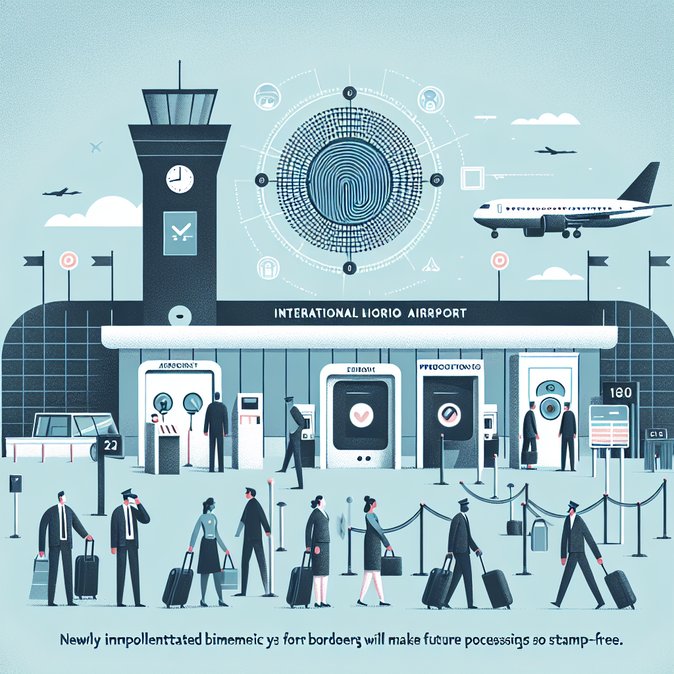
Non-EU travellers landing in Palma today found a new routine: scan passport, give fingerprints and smile for a camera. On 19 November 2025, Palma de Mallorca Airport switched on the European Entry/Exit System (EES), Spain’s latest step in the EU-wide rollout of biometric border controls. The Balearic gateway follows Madrid-Barajas, which logged 1,819 registrations during its pilot day in October.
EES replaces manual passport stamping with a digital register of each traveller’s entries and exits, stored for three years in a Schengen-wide database accessible to all member-state police forces. Officials say the system will cut identity fraud, automate over-stay alerts and ultimately speed queues once passengers are enrolled. During the first six months, however, mixed lanes will operate and officers may slow checks to ease congestion.
![Palma de Mallorca Becomes Second Spanish Hub to Activate EU Entry/Exit System]()
For global-mobility managers, the biggest operational change is time budgeting. Tour operators and airlines now advise non-EU passengers—including UK nationals—to arrive at least 30 minutes earlier until kiosks become familiar. British residents who already hold Spain’s biometric TIE are exempt from EES registration but should still carry the card to bypass kiosks.
Airport authority AENA has installed 36 self-service kiosks and six staffed booths at Palma; further expansions are slated for Barcelona and Málaga in December. The Interior Ministry earmarked €83 million for nationwide deployment, aiming for full Schengen compliance by April 2026.
Travel-risk consultants recommend companies update pre-trip briefings: expatriates on short business trips may face extra processing the first time they enter Spain after 12 October 2025 and should factor in possible delays when connecting onwards.
EES replaces manual passport stamping with a digital register of each traveller’s entries and exits, stored for three years in a Schengen-wide database accessible to all member-state police forces. Officials say the system will cut identity fraud, automate over-stay alerts and ultimately speed queues once passengers are enrolled. During the first six months, however, mixed lanes will operate and officers may slow checks to ease congestion.

For global-mobility managers, the biggest operational change is time budgeting. Tour operators and airlines now advise non-EU passengers—including UK nationals—to arrive at least 30 minutes earlier until kiosks become familiar. British residents who already hold Spain’s biometric TIE are exempt from EES registration but should still carry the card to bypass kiosks.
Airport authority AENA has installed 36 self-service kiosks and six staffed booths at Palma; further expansions are slated for Barcelona and Málaga in December. The Interior Ministry earmarked €83 million for nationwide deployment, aiming for full Schengen compliance by April 2026.
Travel-risk consultants recommend companies update pre-trip briefings: expatriates on short business trips may face extra processing the first time they enter Spain after 12 October 2025 and should factor in possible delays when connecting onwards.









